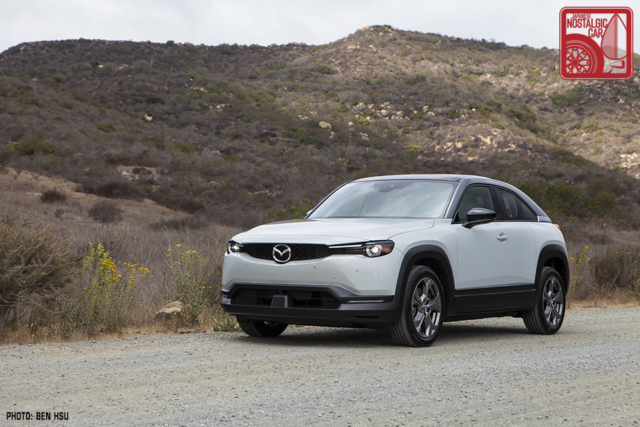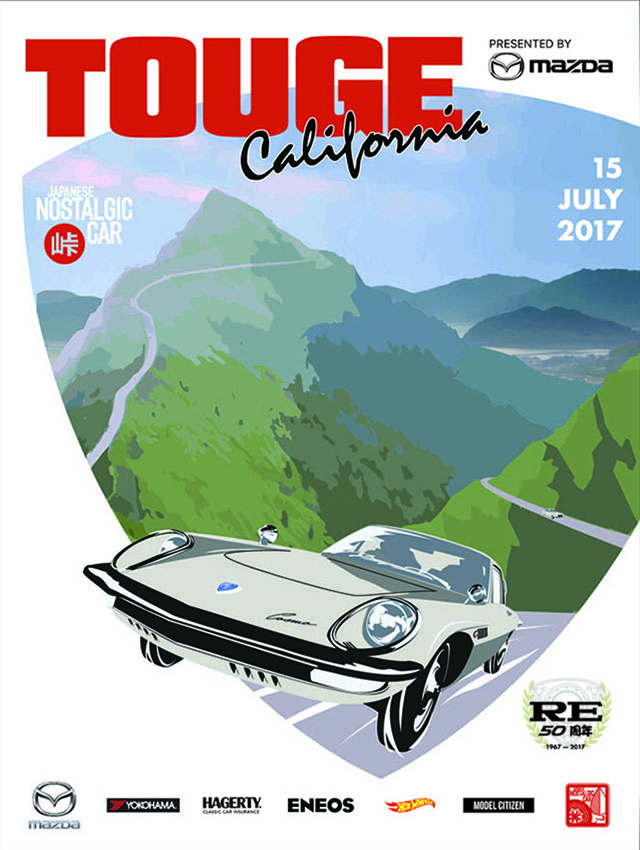The Japan Automotive Hall of Fame has selected its 2024 inductees. In addition to four vehicles of historical importance to Japan’s automotive history, the JAHoF has also selected five individuals whose work in the field are considered significant contributions to the industry. In addition, the JAHoF’s panel of journalists, engineers, and researchers have selected new vehicles for their Car of the Year awards.


One of the earliest post-war motorsports events in Japan was the Mt Asama motorcycle race organized by multiple motorcycle manufacturers. Interest in racing was booming in Japan, and Fumito Sakai established Motorcyclist magazine to cover the scene. When the Mt Asama race was canceled after just two events, Sakai jumped in and united amateur motorcycle clubs from across Japan to create the All-Japan Motorcycle Club Federation and keep the race going. Sakai later launched Carboy, a popular custom car magazine in the 80s. Throughout his life Sakai promoted motorcycling and helped lay the foundation for Japan’s rich motorcycle history.



Koichi Shimokawa was a top researcher in the field of business management and production in the auto industry. He has authored numerous books on management at the Big Three, at Japanese companies, and on production methods like lean manufacturing. Some of his titles include American Automobile Culture and Japan: Detroit in the Great Turning Point, History of Japanese Business Development – 50 Years Since Postwar Reconstruction, The Birth of the Toyota Production System, and many more, and are considered must-reads for executives in the auto industry.


In 1993 Toyota engineer Takeshi Uchiyamada was put in charge of a Toyota project codenamed Project G21, a new global car for the 21st century. Uchiyamada and his team devised a wholly new type of drivetrain never built at scale before. The result was the first mass-produced gasoline-electric hybrid car in the world, the Prius. Its success proved the concept and ushered in a new vision at Toyota and its rivals, and hybrid engines proliferated across the industry from SUVs to supercars. Uchiyamada, sometimes affectionately called “father of the Prius” or “Mr Prius”, became the first Toyota chairman to hold the position without first serving as CEO.



Yasuhiro Daisho was a top engine researcher at Tokyo’s prestigious Waseda University. His “Daisho Lab” is legendary in Japan’s auto industry, producing many top engineers including Koji Sato, the president of Toyota. There’s a saying that if you combine the keywords “Waseda”, “engineering” and “Daisho Lab” you’ll find Japan’s most fervent engine enthusiasts. Daisho was known for his research in reducing NOx and other emissions from exhaust, and for his expertise in diesel engines.


Masahiro Hara is the inventor of the now ubiquitous QR code. Hara was working for Denso, the Toyota-owned parts supplier, when he devised the QR code as a way of more efficiently categorizing car parts. A typical bar code can represent about 20 English letters, while a QR code can encode over 7,000. They are also more compact, take less time to scan, and can be read from any orientation. Today they are widely used in all walks of life, not just car parts. Hara’s inspiration for the QR code was the Japanese board game Go.
For 2024 the JAHoF’s Car of the Year is the Toyota Crown Sedan, chosen for meeting the challenge to create a new generation of luxury sedans. In an era when sedans are dying, Toyota managed to keep the FR layout on a premium sedan that continues the legacy of the Crown, Japan’s longest running nameplate. It was praised for its powertrains, which include gasoline-electric hybrid and hydrogen fuel cell variants.
The Volvo EX30 won the Import Car of the Year award for its sharp design and driving range. The compact electric crossover was deemed well-suited to Japan’s market while providing an original and modern shape.
The Toyota Crown wins again for Design of the Year, but it’s a different Toyota Crown. This one is the Crown Sports, which is built atop an FF platform and has a crossover body style rather than sedan. The Crown Sports is positioned as Toyota’s flagship SUV and was selected for its use of high-quality interior materials and its “strategic styling that overturns the Crown image”.
Last but not least, the Technology of the Year goes to the reborn rotary engine in the Mazda MX-30 Rotary-EV. Called the e-SkyActiv R-EV, it resurrects Mazda’s signature technology for a new age as a range-extending supplement to an electric powertrain. It capitalizes on the rotary’s inherent efficiency and compact size to meld tradition and innovation.










The Japanese seem to really like Volvos
Think it’s the second or third time one of them got an award
Pictures don’t do justice to the Crown Sedan. Not offered in the U.S., this sedan is an understated, elegant design in a sea of bulbous sheet metal. The heckblende tail light fits just right without screaming. In the late afternoon light on the Ginza, it’s simply gorgeous.